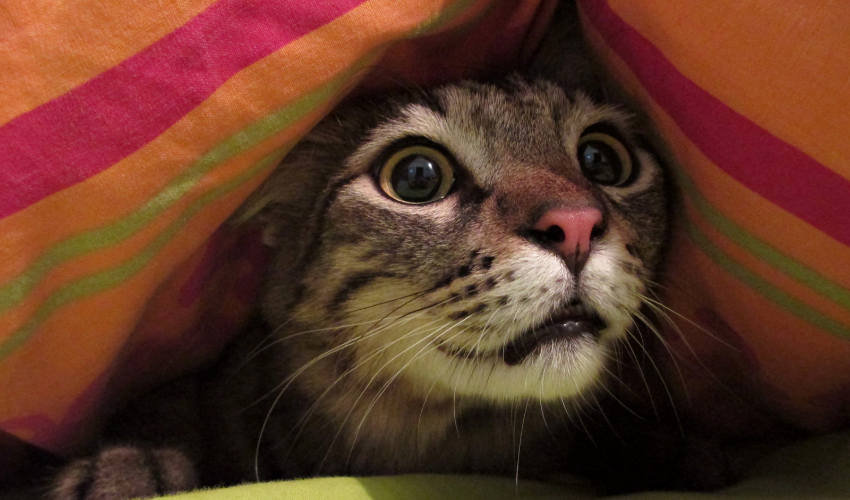
While completely manageable, diabetes is linked to the development of several complications. As an owner of a diabetic pet, it’s important for you to be familiar with these health concerns and be able to recognize their signs the moment they start to appear.
Since many of them are potentially life-threatening, early detection is the best way to ensure that your pet doesn’t end up suffering permanent damage to one or more organs, on top of existing diabetes. With that said, here are the 3 most common diabetes-related complications in pets and how to spot them.
Hypoglycemia
Hypoglycemia, also known as low blood sugar, is a condition that occurs when blood sugar or glucose levels drop below normal. If your pet is already on insulin therapy, they may develop this condition if they’re receiving too much insulin or going over the recommended amount of daily physical activity.
High levels of sugar in the blood is bad, but low levels aren’t good either. Since all organs in the body require glucose to function properly, hypoglycemia can cause a wide variety of issues, especially with the brain. This is because, unlike other organs, the brain doesn’t have the ability to preserve glucose for later use nor use proteins and fats as alternative sources of fuel. For that reason, low blood sugar, if left untreated, can rapidly affect the brain and cause permanent damage.

Signs of hypoglycemia in pets include, disorientation, unsteady gait, trembling/shaking, weakness, nervousness, fainting, heart palpitations, restlessness, and seizures. If you notice any of these signs in your pet, bring them to the vet immediately. To prevent hypoglycemia in your pet, monitor their blood sugar levels regularly and make sure that they get just the right amount of both insulin and daily exercise.
Ketoacidosis
Ketoacidosis is a life-threatening condition that occurs when the body starts breaking down fat and protein for fuel instead of glucose. In pets with uncontrolled diabetes, this happens despite the high levels of sugar in the blood since there’s not enough insulin to allow the available glucose to enter the cells to be converted into energy. Therefore, the body, thinking that there’s no usable glucose, resorts to breaking down fat and protein stores.
However, like a human’s, an animal’s body isn’t meant to run on fats. So as a response, the liver creates ketones, which are acidic chemicals formed from the fats that are being broken down as an alternative source of energy. If left untreated, they can cause pH and electrolyte imbalances, which can prevent the body from functioning properly and lead to death.

Signs of ketoacidosis in pets include increased thirst, frequent urination, weakness, blurred or loss of vision, vomiting, diarrhea, poor coat condition, weight loss despite increased appetite, and dehydration (check by pinching the skin at the top of your pet’s head—if they’re dehydrated, the skin will move back slowly instead of snapping right back).
To prevent ketoacidosis in your pet, it’s very important to routinely monitor their blood sugar levels and make sure that they’re receiving proper insulin doses at the right times every day.
Cataracts
A cataract causes the lens of one or both eyes to become cloudy, eventually leading to partial or complete vision loss. Since sugar attracts water, excess glucose found in the blood of diabetic pets can cause large amounts of water to enter the eyes, causing cloudiness to form around the lens. It typically starts out as a small dot of cloudiness then eventually grow to cover the entire lens, turning more and more opaque in the process.
Your pet may be developing cataracts if there’s a white, gray, or bluish layer forming in one or both of their eyes, they’re becoming clumsy (bumping into things, falling over, etc.) or reluctant to move around (climb up the stairs, jump on furniture, etc.), they’re blinking more than usual or getting red eyes/eye discharge, or constantly pawing at their eyes.

Of all the diabetes-related complications that develop in pets, it’s probably the most common. While not exactly life-threatening, they’re life-altering—and in the most heartbreaking way for both pets and owners. The worst thing is that, within a year of being diagnosed with diabetes, about 80% of pets develop cataracts.
However, the formation of cataracts can be delayed through proper blood sugar monitoring and stabilization through insulin therapy. Once it forms, though, it progresses rapidly and causes sudden blindness. As of today, the only known treatment for cataracts in diabetic pets is cataract-removal surgery.












